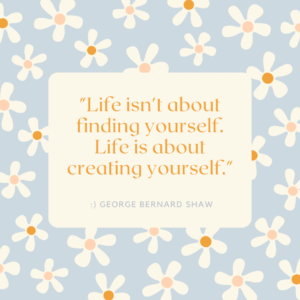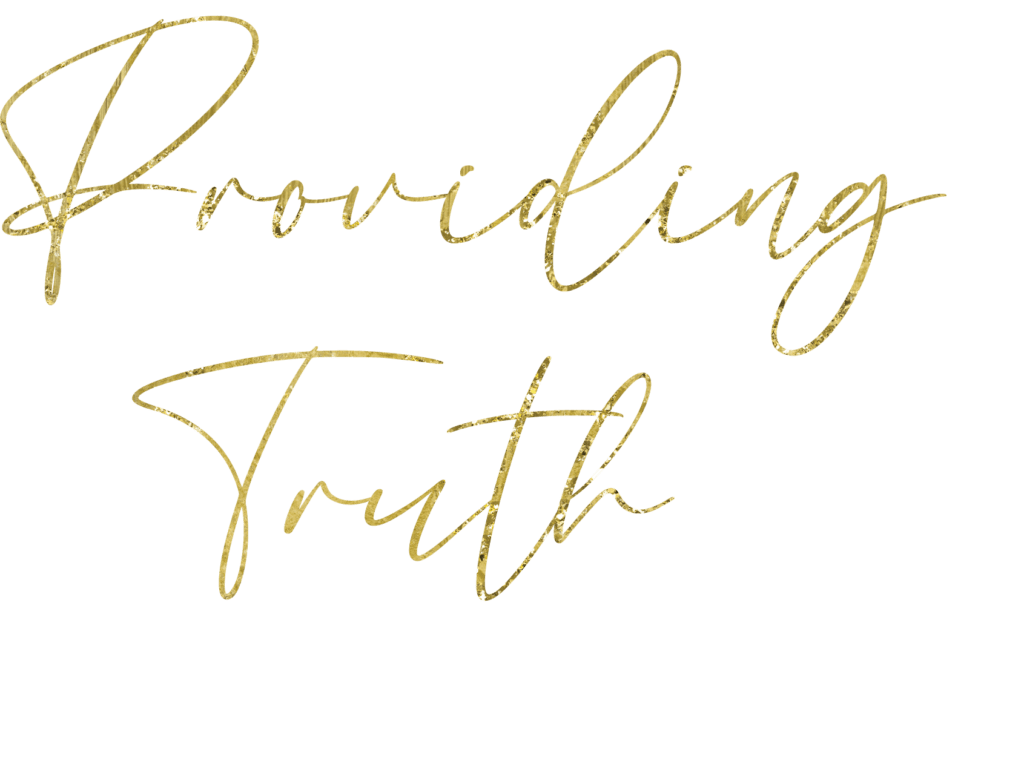Have you ever set a goal and struggled to achieve it? Maybe you want to learn a language, get in shape, or get your dream job, but no matter how hard you try, progress seems to elude you. The truth is, simply setting a goal isn’t enough. To truly make progress, you need a plan.
That’s where a personal development plan comes in. In this blog post, we’ll explore what a personal development plan is, why it’s important, and how to create one that works for you.
You’ll also learn tips for staying on track, the benefits of having a personal development plan, and even some examples of personal development goals. So, if you’re ready to start making progress towards your goals, read on to discover the surprising key to achieving them.
What is a personal development plan?
Before we dive into the reasons why a personal development plan is important, let’s first define what it actually is.
A personal development plan, or PDP, is a document that outlines your goals for personal growth and development.
It’s a roadmap that helps you identify your strengths and weaknesses, set achievable goals, and track your progress toward them.
Ultimately, a personal development plan is a tool that helps you become the best version of yourself. It’s a way of taking control of your life and shaping your future in a positive way. But why is having a PDP so important? That’s what we’ll explore in the following section.,

Why create a personal development plan?
A personal development plan is not just a document; it serves as a roadmap toward the best version of yourself. It not only helps in identifying your strengths and weaknesses but also in setting achievable goals that enable you to progress. With a PDP, you take control of your life and shape your future positively.
Creating a personal development plan is important because it helps you in establishing clear goals and a clear path toward achieving them. It allows you to focus your efforts and time on things that are important to you and helps you to stay motivated. With a PDP, you’re equipped with a framework that enables you to track your progress and make course corrections when needed.
Moreover, a personal development plan provides a sense of direction and purpose.
It helps you to gain clarity on what you want to achieve, what you need to do to achieve it, and why it’s important. With a clear sense of purpose, you’re more likely to stay committed to your goals and make the necessary sacrifices to achieve them.
In summary, creating a personal development plan is a crucial step toward achieving your goals.

You’re equipped with a framework that keeps you motivated, focused, and on track. In the next section, we’ll explore the steps involved in creating a personal development plan.,
✿°•∘ɷ∘•°✿ … ✿°•∘ɷ∘•°✿ … ✿°•∘ɷ∘•°✿✿°•∘ɷ∘•°✿ … ✿°•∘ɷ∘•°✿ … ✿°•∘ɷ∘•°✿✿°•∘ɷ∘•°✿ .✿°•∘ɷ∘•°✿
How to create a personal development plan
You need to start by identifying your strengths, weaknesses, opportunities, and threats. This step is also known as a SWOT analysis. Once you’ve identified your SWOT, you can begin setting specific, measurable, achievable, relevant, and time-bound (SMART) goals.
For example, if your weakness is public speaking, you could set a SMART goal of attending a public speaking course within the next six months.
You can then track your progress towards this goal by setting milestones, such as attending a course that helps with public speaking, finding a group that supports people who want to practice the art of public speaking, practicing with a friend, or delivering a presentation at work.
It’s important to keep your personal development plan flexible and adaptable. Life is unpredictable, and you may need to adjust your goals and strategies along the way.
In the next section, we’ll explore tips for sticking to your personal development plan, such as finding an accountability partner and celebrating your progress along the way. With these strategies in mind, you’ll be better equipped to achieve your goals and unlock your full potential.,
Here is a great example I found you can edit any way you like:
✿°•∘ɷ∘•°✿ … ✿°•∘ɷ∘•°✿ … ✿°•∘ɷ∘•°✿
Tips for sticking to your personal development plan
To achieve your goals, it’s important to create a personal development plan that outlines the steps you need to take to get there. However, sticking to your plan can be difficult, especially when life gets in the way. Here are some tips for staying focused and motivated:
1. Find an accountability partner. This could be a friend, family member, or mentor who can help keep you on track and hold you accountable for your progress.
2. Celebrate your progress along the way. Small wins can help keep you motivated and remind you of why you started your personal development journey in the first place.
3. Break down your goals into smaller, more manageable steps. This can help you avoid feeling overwhelmed and make it easier to stay focused on your plan.
4. Make time for self-care. Taking care of yourself physically, emotionally, and mentally can help you stay motivated and focused on your goals.
By following these tips, you’ll be better equipped to stick to your personal development plan and achieve your goals. In the next section, we’ll explore the benefits of having a personal development plan and how it can help you unlock your full potential.,
✿°•∘ɷ∘•°✿ … ✿°•∘ɷ∘•°✿ … ✿°•∘ɷ∘•°✿
The benefits of a personal development plan
Having a personal development plan can provide numerous benefits in both your personal and professional life.
First and foremost, it helps you to establish clear goals and develop a roadmap to achieve them. With a plan in place, you can break down your objectives into smaller, more manageable steps, making it easier to track progress and stay motivated.
By staying focused on the end goal, you can avoid getting sidetracked by distractions or setbacks.
In addition, a personal development plan can help you to identify areas for growth and development. By taking time to evaluate your strengths and weaknesses, you can pinpoint areas where you may need to focus your energy to achieve your goals.
This process of self-reflection can also help you to gain a better understanding of your values, interests, and passions, allowing you to pursue opportunities that align with your true purpose.
Creating a personal development plan can also boost your confidence and self-esteem. By setting goals and achieving them, you’ll feel a sense of accomplishment and progress, which can motivate you to tackle bigger and more challenging objectives.
Additionally, having a plan in place can reduce stress and anxiety, as you’ll have a clear direction and purpose, rather than feeling overwhelmed by uncertainty and indecision.
Overall, a personal development plan can be a powerful tool for unlocking your full potential and achieving your dreams.
Examples of personal development goals:
Setting personal development goals is an important step in creating your own path toward self-improvement. The goals you choose to pursue will depend on your individual needs, wants, and areas for improvement.
Here are some common examples of personal development goals:
✿°•∘ɷ∘•°✿
1. Improve communication skills: Whether it’s communicating more effectively with coworkers, family members, or friends, developing better communication skills can help you build stronger relationships and avoid misunderstandings.
2. Increase physical fitness: Regular exercise has numerous benefits for both physical and mental health. Set a goal to incorporate more movement into your daily routine, whether it’s by going for a run, taking a fitness class, or taking the stairs instead of the elevator.
3. Learn a new skill: Whether it’s a new language, a musical instrument, or a technical skill for your career, lifelong learning can help you stay engaged and motivated.
4. Manage stress: Stress can take a toll on both your physical and mental health. Identify techniques that work for you, such as meditation, deep breathing, or yoga, to manage stress and promote relaxation.
5. Build stronger relationships: Strengthening existing relationships and building new ones can help increase your sense of happiness and fulfillment. Set a goal to spend more time with loved ones or join a social group to meet new people.
These are just a few examples of personal development goals. The key is to identify areas where you want to improve and set achievable goals that can help you get there. Remember, creating a personal development plan is not a onetime event–it is an ongoing process that requires consistent effort and a willingness to learn and grow.,
In conclusion, creating a personal development plan is the key to achieving your goals and making progress in your personal and professional life
By defining your goals, creating a roadmap, and holding yourself accountable, you can take control of your future and start making the changes you want to see.
You can now confidently not let another week go by without taking action toward your self-improvement and professional development.
✼ •• ┈┈┈┈๑⋅⋯ ୨˚୧ ⋯⋅๑┈┈┈┈ •• ✼
As author, John C. Maxwell said, “You will never change your life until you change something you do daily.” So, start today and keep moving forward toward the future you want to create.


